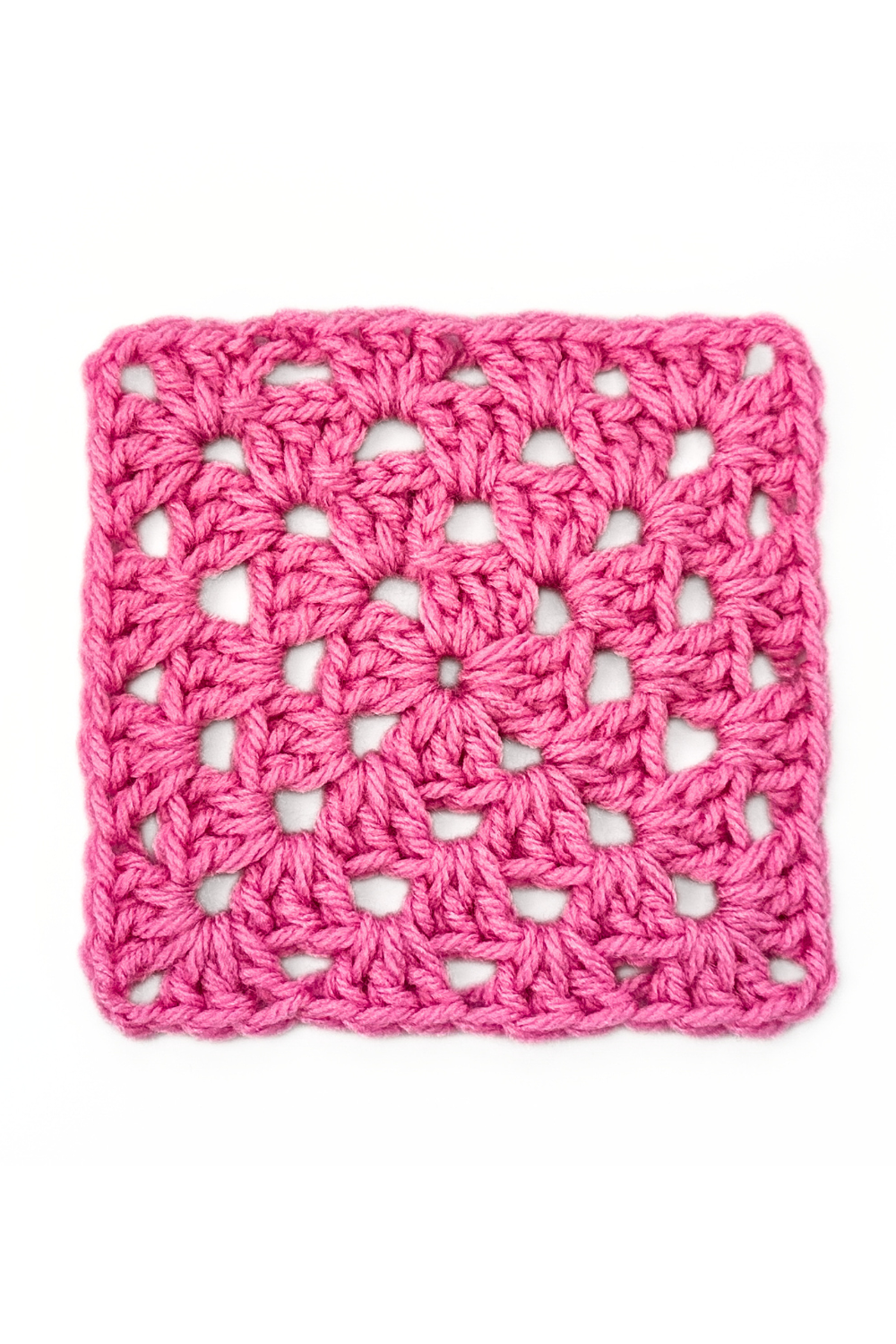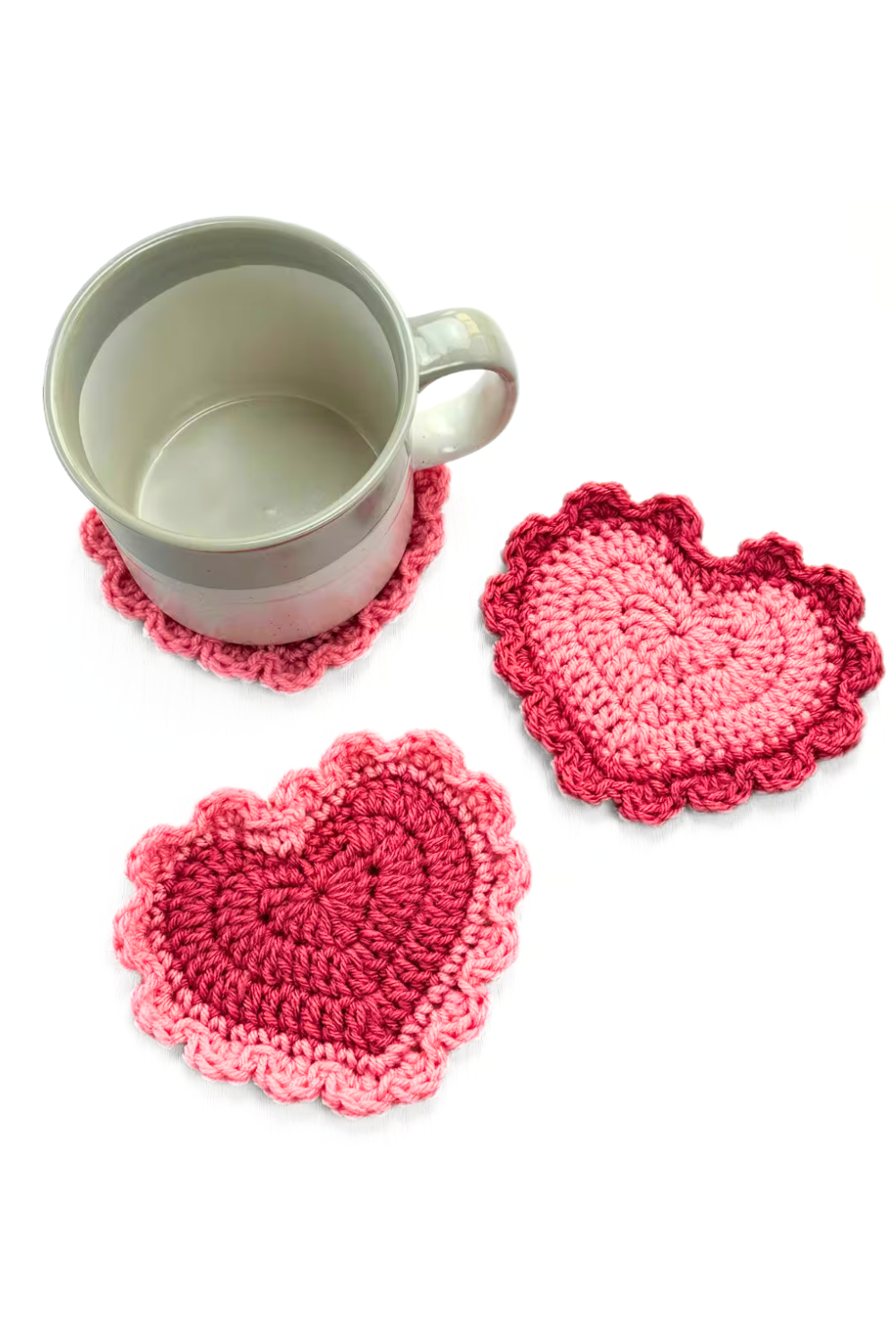Starting and running a new handmade business can be daunting especially if it is your first time opening up a shop. Promoting a craft business effectively is arguably the most important part of your journey as it will be the main driver of traffic and sales to your products. In this post, we’ll cover the best ways to promote and grow your handmade business as a beginner.
To promote and grow your handmade business, you will first need to identify your target audience. Next, there are several methods you can use to promote your handmade business including building a strong brand identity, running ads, creating a social media presence, building a community around your business, using influencer or other marketing strategies, and running sales. All of these things will create a buzz around your handmade business, get eyes on your products, and bring in new leads and customers.
If you’ve already gotten past the startup phase of your handmade business, congratulations! Growing a handmade business is often the most difficult part of the process. Now it’s time to focus on promoting your handmade business to grow your customer base, community, brand identity, and everything in between.
How to Promote Your Handmade Business

Need some ideas to get your crochet business started? Check out our article Crochet Business Ideas: How to Turn Your Passion for Crochet into a Profitable Business.
Target Audiences
Before you can begin growing and promoting your handmade business, you’ll need to identify your business’s target audience. This step is key in setting your business up for success going forward.
Your target audience is the specific group of people or type of person that your promotional strategies will be aimed at. This will be the most likely type of person to be interested in buying your products and that will identify the most with your brand.
How to Identify Your Handmade Business’ Target Audience
Create a Profile for Your Ideal Customer
Be as specific as possible. Hold old are they? Are they male or female? What is their occupation? What are their hobbies and interests? Where do they spend most of their time: online or offline? What is their annual income? What type of websites or social media are they likely to use on a regular basis? Do they have kids? Pets?
For example, if you are creating trendy handmade clothing items that target a male teenage or young adult customer base, this person will be much more likely to spend their time online and on social media than those products that are higher ticket home decor items aimed at older female buyers who are much more likely to shop craft fairs and spend their time offline.
Creating a thorough profile for your ideal customer will not only set a solid foundation for starting and growing your business, but it will make moving into the promotional phase immensely more simple and effective.
Strategies for Success: Promoting & Growing Your Handmade Business

1. Brand Identity
Building a strong brand identity is an integral part of growing any business. Your brand identity is what distinguishes you apart from your competition in a customer’s mind and begins to establish a relationship between your shop and its target audience.
The color scheme, photos, aesthetics, fonts, logos, copywriting, and overall visual presentation of your business should reflect your brand in a consistent manner and should also appeal to your identified target audience.
Basing your brand identity around the aesthetic interests of your target audience will make your business feel much more relatable to the customer and therefore like there has been a personal connection established between your shop and the buyer.
This ultimately builds trust, which is extremely important for any business that wants to grow exponentially and create a steady flow of orders. Trust is one of the reasons it sometimes takes so long to see that first sale.
Once you’ve received that first sale and even more important after that first review, sales just seem easier and easier. Customers want to buy from businesses that other customers are buying from too. This is why ‘sales make more sales.’
In conclusion, your handmade business’s brand identity should communicate clearly who your products are meant for and exactly how your shop is different than other shops that may be in direct competition with you.
2. Social Media
Building a following on social media can be one of the largest drivers of sales and growth for many small businesses, especially if you are targeting a younger customer base.
A good thing to keep in mind when choosing which social media platform will be best for your business is that the web is generally moving more towards short-form video content. I would personally recommend joining TikTok and Pinterest as having the most potential for your business, but there are so many different social media strategies that will work better for each small business and its goals.
Being active on social media and actually taking the time to reply to comments and communicate with your following is a great way to connect with your target audience as well.
3. Influencer Marketing
Influencer marketing is a great way to get your products in front of a lot of people in your target audience on social media without actually having to have a large following of your own. Utilizing influencer marketing is also an effective way to increase brand awareness for your handmade business and to build upon your growing brand identity.
Influencers are often happy to shoutout a product or business, recommend it to their following, or do a product review on their social media for a fee. The cost of influencer marketing will vary largely from influencer to influencer and will also change based on how large their social media following is and what type of post you are paying them for.
As you work on building your brand’s social media pages you will become more familiar with potential influencers within your niche that you may be able to work with or make collaborative content with.
To get a price list from an influencer, simply send them a private message via social media asking how much they charge for a promo post. After you’ve agreed on a price and post type, you will send them the product if needed and schedule the date of the promo post release.
If you are on a tight budget, you might consider picking out a few influencers in your niche community and simply sending some of your product as a gift. You shouldn’t expect a review or shoutout using this method, but often influencers will mention your products or shoutout your business as a thank you in return for the items.
4. Community
Building a community around your brand is a way to really effectively increase customer loyalty and spread brand awareness. Although community building is most likely to happen via your brand’s social media pages, you can also promote community building on your own website, in your digital storefronts, in forums surrounding your niche, and by participating in local events that fit with your particular craft.
Becoming involved in and contributing to the community that your business is tied to is not only a great way to create more brand awareness and create customer loyalty, but it is also a great research tool for better understanding your target audience and how you can best cater to them as a business.
If you are focusing on community building, it may be a good idea to start collecting an email list. This will allow your most loyal customers and members of your community to stay in touch with you and hear about any promotions or updates about your business first.
5. Advertising
Whether or not you should run paid ads promoting your handmade business is one of the first things that new shops often worry about. There is a lot of debate about whether running ads are worth it, and unfortunately, there is not a very definitive answer as there are so many factors that go into running different types of ads.
There are so many different ways to run ad campaigns for small businesses, and it will likely take some experimentation to find out which one is right for you. Running ads at a low daily budget, between $1 and $10, on the platform you are interested in is a good jumping-off point for testing whether ads are right for you.
Personally, I have found running ads on Etsy at a low daily budget to be helpful for getting new shops started, and then only keeping the highest-performing listings in the campaign going forward if there is a good return on investment.
Running an effective ad campaign can have huge returns if done correctly!
6. Sales & Promotions
Once you have an established shop, running a sale or promotion is a good tactic for bringing in new customers to your business. This goes especially for handmade businesses based mostly in digital marketplaces like Etsy.
If you sell primarily on Etsy, for example, I have found success running an official ‘grand opening sale’ on new shops once I have the basic inventory set up. This will simultaneously start building sales and also explain the lack of previous sales and reviews on your shop. Sales of 30% or more will automatically include your listings in any of Etsy’s sitewide promotions and will also make your listings findable in ‘on sale’ search queries.
Conclusion
In conclusion, promoting and growing your handmade business is crucial to its success. Identifying your target audience, building a strong brand identity, using social media, influencer marketing, building a community, and running sales are all effective ways to promote your business and increase brand awareness. It’s important to experiment with different promotional strategies and find what works best for your specific business.
By following these tips, you can establish a strong foundation for your handmade business and begin to see growth in your customer base and sales. Remember to stay consistent, engage with your target audience, and always be willing to adapt and learn as you go.
-
Garden Fairy Crop Top FREE Crochet Pattern
Want the full AD-Free, printable PDF version of this pattern? Click here to get it on Etsy The Garden Fairy Top is a fantastical and…
-
Easy Crochet Granny Square Pattern + Video Tutorial
Mastering the crochet granny square is a great way to build your crochet skills while creating a timeless design that’s perfect for a wide variety…
-
Easy Crochet Heart Coaster FREE Pattern
Add a sweet touch to your home decor with this Easy Crochet Heart Coaster pattern! Perfect for Valentine’s Day or any time you want to…



One comment
Comments are closed.